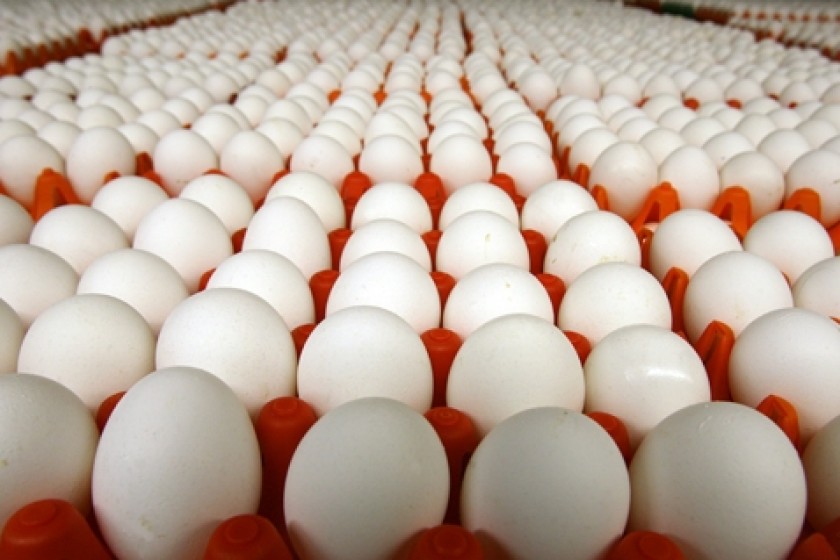
Omelette Anyone? Armenia Imports 7 Million Eggs in November
Armenia has turned from an egg exporter to an importer in just three years.
In 2010, Armenia exported large quantities of eggs to Georgia. In the last month alone, Armenia has imported over 7 million eggs according to the Ministry of Agriculture. 15 million in total have been imported this year.
This is a 15 year record for Armenia. In all of 2012, the country only imported 350,000 eggs.
So why the dramatic change?
On average, Armenians consume 40-45 million eggs per month. Consequently, it would seem natural that imports are playing a role in the wholesale market. However, when we toured shops in Yerevan, we were hard pressed to find any eggs marketed as imports. Most probably, local producers are mixing the imported eggs with those domestically produced.
Such a dramatic rise in imports speaks to the decrease of local supply. But official statistics only began to reveal this truth in October when they showed a 20% decrease in monthly local production. In previous months, the decrease in production only hovered around 2-3%.
If this 2-3% decrease only referred to small-scale producers, the October figures are relevant for all poultry producers.
On November 18, Agriculture Minister Sergo Karapetyan toured a number of large poultry producers, and later declared that the producers had been importing pullets (young female hens) and that the number of egg layers had increased. This, he said, would lead to a large jump in egg production.
During a December 20 press conference, Deputy Agriculture Minister Grisha Bagheyan went so far as to claim that the pullets had become egg layers and that more eggs were now being produced in Armenia than consumed. Bagheyan said there was daily surplus of 100,000-150,000 eggs.
If this is so, why are domestic producers continuing to import such a large amount of eggs?
Market logic would dictate that a rise in the price of eggs would spur producers, large and small, to produce more. The only issue here is the price of feed, but it’s not as if imported eggs are cheap.
The customs price of a Ukrainian egg is 51 AMD, to which is added VAT and other costs. Consequently, it’s in the interest of producers to regulate production rather than to rely on imports. The problem in Armenia is that egg production is controlled by large poultry producers, whereas in other countries, small and medium size producers have been assisted to the point that the overall market is more or less competitive.
We should note that most egg imports to Armenia come from Ukraine and, to a lesser extent, from Georgia and Holland.
To date, there are no stats regarding Iranian imports. But we can’t rule out that the State Revenue Committee will provide such information in the future.
Photo: cleveland.com
 Videos
Videos Photos
Photos
Write a comment